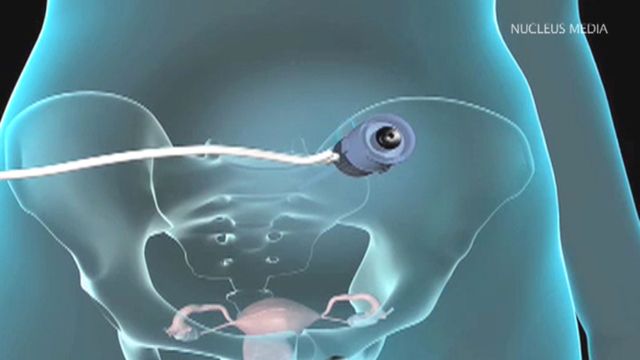Brain Injuries May Raise Risk of Early Death
People who have suffered a traumatic brain injury appear to have a much higher risk of dying prematurely, a new study suggests.
These risks include having another brain injury, being assaulted and suicide. The risks are even higher for those with a psychiatric or drug abuse problem, the researchers added.
“After a traumatic brain injury, patients have a threefold increased risk of dying prematurely,” said lead researcher Dr. Seena Fazel, a Wellcome Trust senior research fellow in clinical science at the University of Oxford in England.
“Fifty percent of the early deaths are due to either accident or suicide or being assaulted,” he said. “That seems to be related to psychiatric illness and substance abuse.”
The study found that 61 percent of these patients had psychiatric or substance abuse problems, Fazel said. In some cases, these problems were present before the injury, while some developed after the injury, he added.
The dangers of developing psychiatric or drug abuse problems after an injury may be caused by a variety of factors, including biological and social changes.
These risks might be a particular problem for soldiers and athletes who have had a traumatic brain injury, Fazel suggested.
“A large number of vets have suffered traumatic brain injuries, and we know a lot of vets are dying from suicide. Traumatic brain injury may be one of the factors that increases their risk,” he said.
Fazel believes that after a traumatic brain injury, patients need to be monitored for risk factors that may put them at risk for dying prematurely.
“Some of these problems, like psychiatric illness and substance abuse, can be treated,” he said.
While the study found an association between traumatic brain injury and early death, it did not establish a cause-and-effect relationship.
The report was published online Jan. 15 in JAMA Psychiatry.
One expert said he thinks certain personality traits play a part in the phenomenon.
“The people that are dying earlier have personality characteristics that make them vulnerable to have brain injury,” said Dr. Robert Robinson, a professor of psychiatry at the University of Iowa and author of an accompanying editorial.
“These people are being injured because they’re impulsive and thrill-seeking. These vulnerable personality characteristics are getting them not only into their first head injury, but into a subsequent head injury and that’s causing this premature death,” he said.
Another expert agreed.
“It makes sense that people who suffer a brain injury are more likely to repeat behavior over time, and have more injuries and be at risk for premature death,” said Dr. Jamie Ullman, director of neurotrauma at North Shore University Hospital in Manhasset, N.Y.
“A lot has to do with behaviors that would get them involved in injuries in the first place. We need to focus on the underlying behaviors that have resulted in these injuries, and see if these behaviors can be modified after the injury,” she said.
Source: web md

















 The National Consumer Disputes Redressal Commission (NCDRC), while setting aside an order of the Bihar State Consumer Disputes Redressal Commission, held a doctor guilty of medical negligence and directed him to pay a compensation of Rs 4 lakh to a man who lost his hand due to his treatment.
The National Consumer Disputes Redressal Commission (NCDRC), while setting aside an order of the Bihar State Consumer Disputes Redressal Commission, held a doctor guilty of medical negligence and directed him to pay a compensation of Rs 4 lakh to a man who lost his hand due to his treatment.


